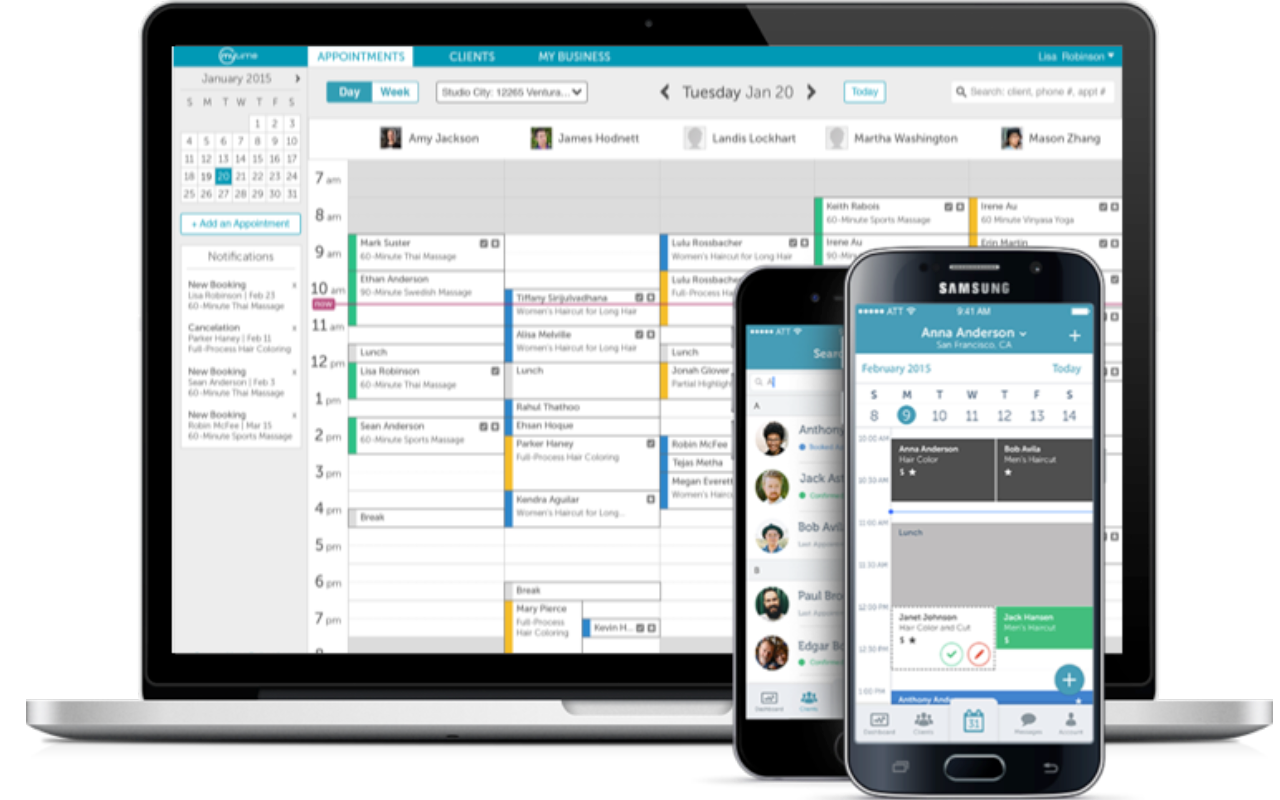
Shows a list of users present or absent during a specific day Shows the current attendance status (In/Out) of each user Shows a list of devices associated with the account and their current status Shows employee responses to COVID-19 screening questionnaires Shows a list of users present within a given date range Shows the number of times each user checked-in within a given date range Shows a list of all administrators with their permissions

See the table below for the list of parameters available for each report.īelow is a list of the available reports as well as their specific parameters. In addition to common parameters, each report may require specific additional "Department Name","Type","Total Employees","Primary Employees" This parameter only applies to the current API request. If set to true and the primary department is changed, the previous primary department will be kept as a secondary department. field_name represents the name of an existing employee custom field. Will either create a new department named department_name or use an existing department if a department already exists with the name department_name.Īn optional second Employee ID you can set to associate the employee with an entity in another system. REQUIRED Either department_id or department_name must be supplied.Īssign employee to a department named department_name. Note: Please be careful when updating an employee, as the existing employee will be replaced by the request body.Īssign employee to an exisiting primary department.

Updates an existing employee using the fields provided. "current_department_id": "dpt_rq7en39fxn", "primary_department_id": "dpt_rq7en39fxn", "current_department_id": "dpt_1x95r1zkqf", "primary_department_id": "dpt_1x95r1zkqf", When an error occurs and more details are available about this error, that information can be found in the JSON response body as seen in the example below: Not all errors map cleanly onto HTTP response codes, however. a required parameter was missing, etc.), and codes in the 5xx range indicate an error with TimeStation's servers.Ĥ00 Bad Request - Often missing a required parameter.Ĥ01 Unauthorized - No valid API key provided.Ĥ02 Request Failed - Parameters were valid but request failed.Ĥ04 Not Found - The requested item doesn't exist.ĥ00, 502, 503, 504 Server errors - something went wrong on TimeStation's end. In general, codes in the 2xx range indicate success, codes in the 4xx range indicate an error that resulted from the provided information (e.g. TimeStation uses conventional HTTP response codes to indicate success or failure of an API request. # The colon prevents curl from asking for a password.

API requests without authentication will also fail. If you need to authenticate via bearer auth (e.g., for a cross-origin request), use -H "Authorization: Bearer 4uahz4f7cvj29圆3ew65vw3yf9p8rpeg" instead of -u 4uahz4f7cvj29圆3ew65vw3yf9p8rpegĪll API requests must be made over HTTPS. Provide your API key as the basic auth username value.

Your API keys carry many privileges, so be sure to keep them secure! Do not share your API keys in publicly accessible areas such as GitHub, client-side code, and so forth.Īuthentication to the API is performed via HTTP Basic Auth. To create an API key, log in to your TimeStation account, then go to Settings > API Keys The TimeStation API uses API keys to authenticate requests. The REST endpoint URL for the TimeStation API is: The TimeStation API is organized around REST, it has predictable resource-oriented URLs, accepts form-encoded request bodies, returns JSON-encoded responses, and uses standard HTTP response codes, authentication, and verbs. The TimeStation API allows you to programmatically access and modify data in your TimeStation account.


 0 kommentar(er)
0 kommentar(er)
